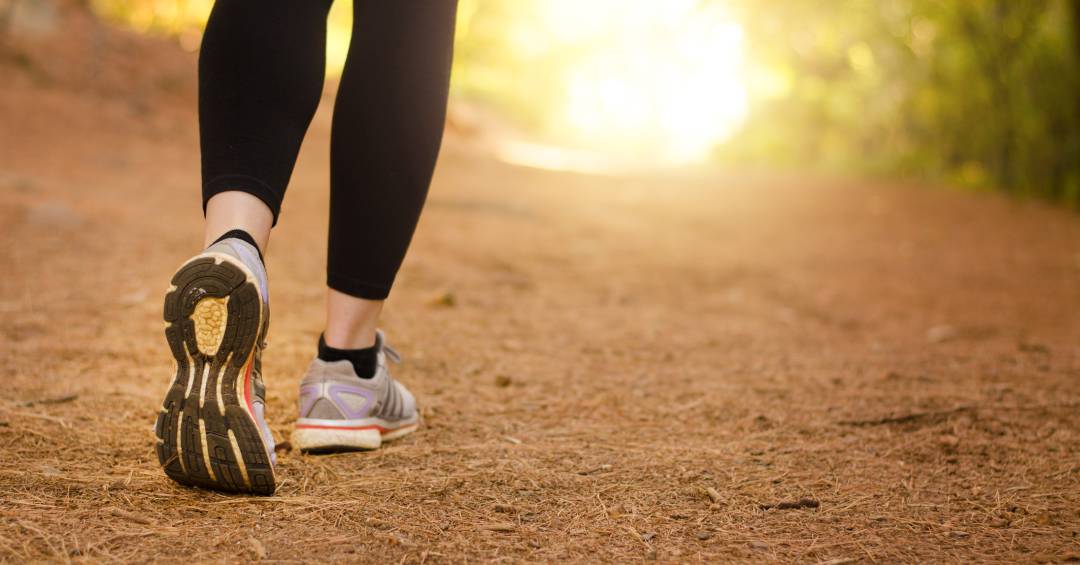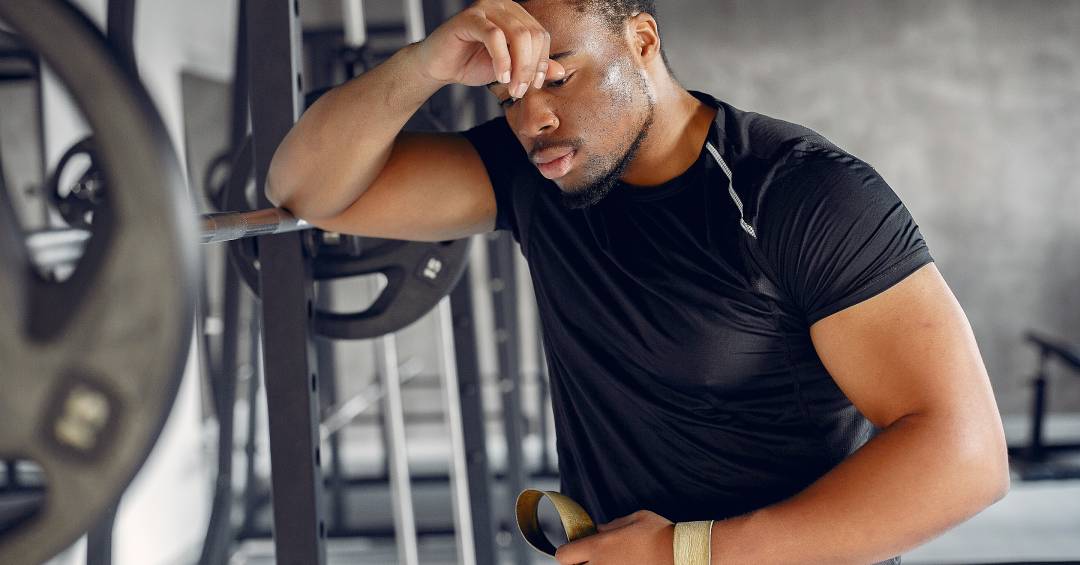

That exercise is great for reducing blood pressureyou've probably heard. But did you know that just five minutes of walking on slopes or climbing stairs can make a difference to your heart health? This is what a study published in the journal Circulation last Wednesday (06/11).
The research, carried out by an international collaboration between the University of Sydney, in Australia, and University College London (UCL), in the United Kingdom, analyzed data from 14,761 volunteers from five different countries. For the results, scientists placed a wearable accelerometer on each participant's thigh to measure activity and blood pressure throughout the day. So, they divided their tasks into six categories:
- I am;
- Behavior sedentary;
- Slow walk;
- brisk walk;
- Stand;
- More vigorous exercise, such as running, ride a bicycle or climb stairs.
So, they realized that including a small period of effort in the routine can already bring gains. “The good news is that whatever your physical ability, it doesn’t take long to have a positive effect on your blood pressure. What is unique about our exercise variable is that it includes all physical activity-like activities, from running to catch a bus or a short cycling errand, many of which can be integrated into daily routines,” said author Jo Blodgett main part of the study.
But of course, if you want even more benefits, the ideal is to increase this time – to 20 to 27 minutes daily. In this scenario, the risk of cardiovascular disease is reduced by up to 28%. “For those who don't get much exercise, walking still has some positive benefits for blood pressure. But if you want to change your blood pressure, placing more demands on the cardiovascular system through exercise will have the greatest effect,” added the expert.
Walk more!
So, how can you transform walking sessions into allies for your heart? The secret is to challenge yourself. With this in mind, personal trainer Kira Mahal launched a walking challenge for those who want to start! Ready? So, don't miss the step by step:
MONDAY: 15 MINUTES BAST WALK
It's day one of your new weight loss walking plan, so enjoy it. Plan your day, choose a nice park or an easy route and go for it!
Wear very comfortable sneakers. If you're walking in nature, invest in a pair of trail shoes, which have extra grip for muddy paths.
TUESDAY: 15 MINUTES BAST WALK
In these first few days, you want to start building your fitness and make walking a habit.
Think about the best time of day for your walks and plan them.
Tip: You may find it difficult to wake up a little earlier at first, but the reward is watching the sunrise!
WEDNESDAY: 20 MINUTES BAST WALK
Now, it's time to change the route a little to add more ups and downs. They don't have to be extremely steep hills—just a few undulations to challenge you a little and make your body work a little harder. Use your arms to push yourself up.
Adding these climbs helps strengthen your legs and butt and increases the cardiovascular benefits of your daily walk.
THURSDAY: 20 MINUTES BAST WALK
Today, challenge yourself even more! Every five minutes, stop at a bench and perform 10 to 15 push-ups, resting your hands on the seat.
If you're not in a park, use a tree or wall to do standing pushups.
FRIDAY: 20 MINUTES BAST WALK
Focus on your rhythm and technique. Good posture will prevent pain and injuries. Therefore, make sure you do not lean your torso forward or look at the floor. Imagine a rope at the top of your head, pulling you upward. Try to maintain this posture throughout the journey.
SATURDAY: 20 MINUTES FAST WALK
Today, when you're walking, find a step or a park bench every five minutes and step up to it, then step back down. Start with your right leg and come down with your right leg. Then go up with the left, coming back down with the left. Do six to eight repetitions at each stop.
SUNDAY: REST DAY OR MOBILITY WORK AT HOME
Complement your walk with a Pilates or yoga session to increase your core stability and improve mobility.
MONDAY: 25 MINUTE WALKING INTERVAL
Warm up by walking for five minutes. Then do two minutes at a pace you can't sustain for the entire walk, so you're a little more out of breath than usual. Then, two minutes at a calmer pace to recover. Do this four times. To finish, walk at a steady pace for another four minutes.
TUESDAY: 25 MINUTES FAST WALK WITH CLIMBS
Again, choose a route with more inclines. If the path only has one or two slopes, go up them, go down and go up again. Then, continue with your walk normally.
WEDNESDAY: 25 TO 30 MINUTES OF BAST WALK
Walk briskly and make sure you keep a steady pace. Swing your arms to increase speed and look straight ahead.
Every five minutes, stop and do push-ups (try to do more than you did last week).
THURSDAY: 20 MINUTES WITH STROKE
Walk for five minutes to warm up. Then, every three minutes, do 16 to 20 strides: keeping your torso upright, take a big step forward and bend your front knee to 90 degrees. Strengthen your legs to stand up, and take another large step forward, this time with the other leg. Repeat.
FRIDAY: REST DAY
If you want, you can take a steady 15-minute walk. Also include some mobility work at home, like you did on Sunday of week 1. Some stretching or a yoga session would be perfect. Maintaining mobility and flexibility means you can walk further and faster without sustaining hip or lower back injuries.
SATURDAY: 30 MINUTES INTERVAL WALK
Warm up by walking at a steady pace for five minutes. Then do three minutes at a more intense pace, with two minutes at a gentler pace for recovery. Do this four times to get 20 minutes of interval training. Finish with five minutes at a steady pace to cool down your body.
SUNDAY: 35 MINUTES FAST WALK
You can walk longer if you wish! Your stamina and strength will have progressed enormously in the last two weeks because of all the work you've done. Take advantage of your new physical shape and intensify the challenges.
You will notice that walking for this amount of time at a brisk pace feels easier.

